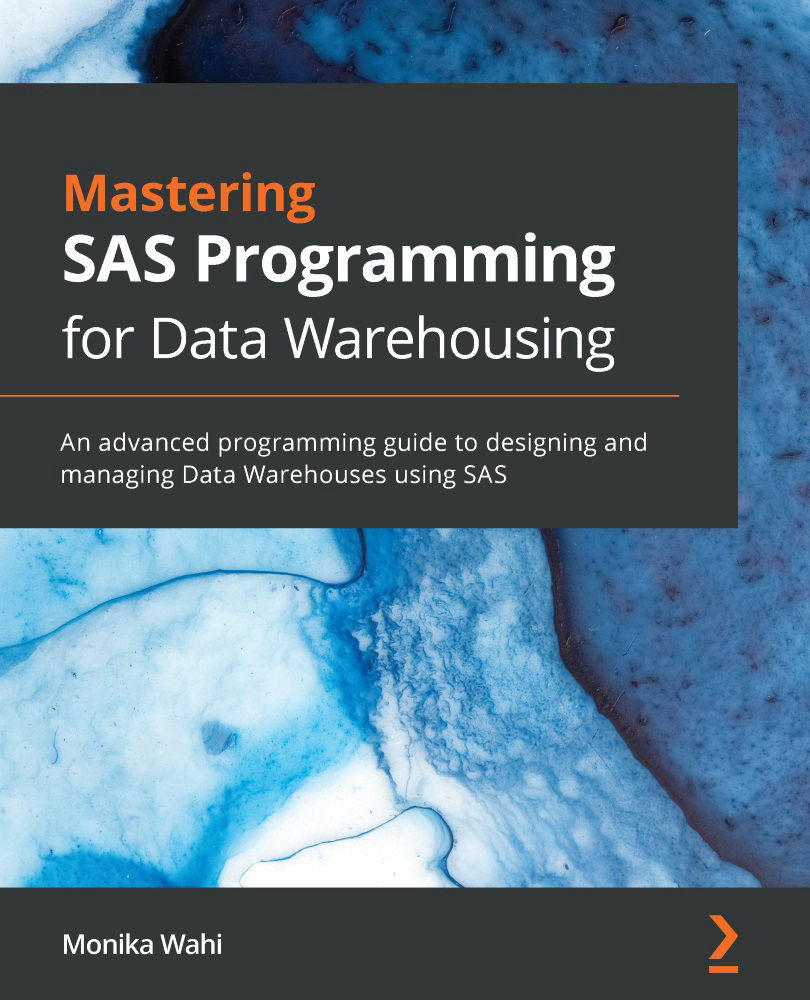Questions
Why must raw datasets direct from the data provider be stored in a highly secure area in the warehouse environment?
Why is it better to maintain many modular code files instead of one big long code file?
In a dataset that contains 10 different cost variables, what is the main advantage and disadvantage of naming the variables
COST1,COST2, and so on up toCOST10?How is declaring formats in SAS different to declaring arrays?
Why is it logical to assign programmers who already have access to raw data from the data provider used in ETL to also maintain SAS label and format code?
Why is it helpful to have consistent naming conventions throughout the data warehouse?
How is it helpful when senior programmers serve as SMEs for particular datasets?


































































